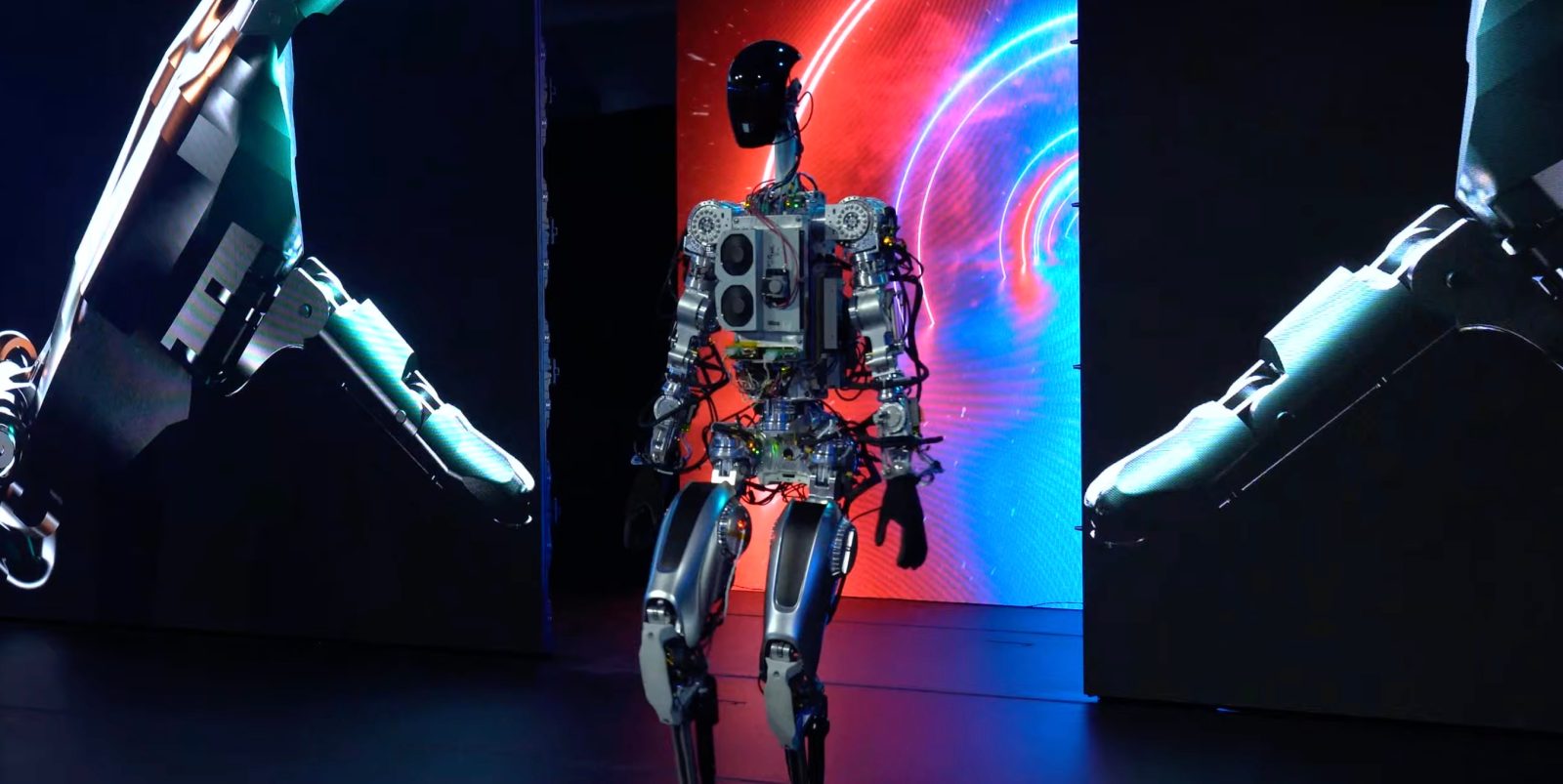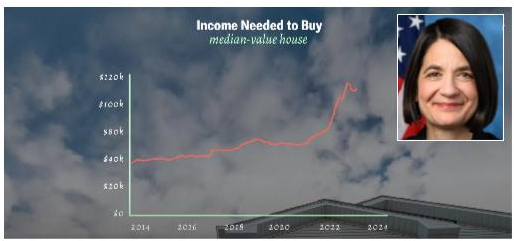Tesla's Optimus Robot: China's Rare Earth Restrictions Cause Delays

Table of Contents
The Crucial Role of Rare Earth Minerals in Robotics
Rare earth elements (REEs), a group of 17 chemically similar elements, are indispensable in modern technological advancements, and robotics is no exception. These rare earth minerals are not actually rare in terms of their geological abundance, but their extraction and processing are complex and expensive. Their unique magnetic, luminescent, and catalytic properties make them essential for various robotic components.
- Motors: Neodymium magnets, derived from neodymium (a REE), are crucial for creating powerful and compact motors that drive the robot's movements. These magnets offer high magnetic strength and energy density, vital for efficient operation.
- Sensors: Yttrium, another REE, is a key component in phosphors used in cameras and other sensors. These phosphors convert light into electrical signals, allowing the robot to perceive its environment accurately.
- Other Components: REEs are also utilized in various other robotic components, including control systems, batteries, and polishing compounds.
The list of key REEs and their applications in robotics is extensive:
- Neodymium (Nd): Powerful magnets in motors and actuators.
- Dysprosium (Dy): Improves the performance of neodymium magnets at high temperatures.
- Praseodymium (Pr): Used in arc lamps and lasers for precision measurement.
- Yttrium (Y): Essential for phosphors in cameras and sensors.
- Europium (Eu): Used in red phosphors for displays.
China's Dominance in Rare Earth Mining and Processing
China holds a near-monopoly on the mining and processing of many critical rare earth elements. This dominance gives them significant geopolitical leverage, impacting the global supply chain and influencing prices. Their control over the rare earth market isn't merely about extraction; it also extends to refining, a complex and technologically advanced process that many countries struggle to replicate.
- Market Share: China accounts for over 70% of global rare earth production.
- Refining Capabilities: China boasts the most advanced and largest rare earth refining facilities globally.
- Export Policies: China's export quotas and policies directly impact the availability and cost of REEs for other nations.
This dominance presents significant geopolitical implications. Countries heavily reliant on China for rare earth minerals are vulnerable to supply disruptions and price manipulation, creating significant economic and national security concerns.
How China's Restrictions Directly Impact Tesla's Optimus Robot
China's export controls, quotas, and pricing policies for rare earth minerals directly affect Tesla's ability to source the necessary REEs for its Optimus robot. This impacts both the production timeline and the overall cost.
- Delayed Production: Any shortage of crucial REEs will inevitably lead to delays in Optimus' manufacturing and release.
- Increased Costs: Limited supply and fluctuating prices increase the manufacturing cost of the robot, impacting profitability.
Potential scenarios illustrating the impact of REE shortages include:
- Significant delays in Optimus' mass production, potentially delaying market entry.
- Higher production costs leading to a higher retail price for the robot.
- Potential for strategic reliance on alternative suppliers, increasing logistical complexities.
Potential Solutions and Future Implications for Tesla and the Robotics Industry
To mitigate the impact of China's rare earth restrictions, Tesla needs a multi-pronged strategy. This includes:
- Diversification of REE Sourcing: Exploring and securing alternative suppliers from countries like Australia, the US, and Canada.
- Investment in REE Recycling: Developing and implementing efficient REE recycling technologies to reduce dependence on primary mining.
- Development of Alternative Materials: Investing in research and development of alternative materials with similar properties to REEs, reducing reliance on these critical minerals.
- Lobbying Efforts: Engaging in diplomatic and political efforts to influence policies related to fair trade and access to rare earth resources.
These solutions aren't just relevant for Tesla; they impact the entire robotics industry, which increasingly relies on REEs for its technological advancements. The future hinges on securing sustainable and diverse supply chains for these critical materials.
Conclusion: Navigating the Challenges: The Future of Tesla's Optimus Robot
The development of Tesla's Optimus robot highlights the crucial role of rare earth elements in advanced robotics and the significant geopolitical challenges associated with China's near-monopoly on their production. The current restrictions are creating delays and increasing production costs, underscoring the vulnerability of the global supply chain. Addressing this REE supply chain vulnerability is paramount for Tesla and the robotics industry as a whole. What will the future hold for Tesla's Optimus robot and the global race for rare earth minerals? Staying informed about developments in this area is crucial for understanding the future of robotics and technological innovation.

Featured Posts
-
 Tzon Travolta O Thrinos Gia Ton Thanato Toy Tzin Xakman
Apr 24, 2025
Tzon Travolta O Thrinos Gia Ton Thanato Toy Tzin Xakman
Apr 24, 2025 -
 Landlord Price Gouging In The Wake Of La Fires Reality Tv Stars Claims
Apr 24, 2025
Landlord Price Gouging In The Wake Of La Fires Reality Tv Stars Claims
Apr 24, 2025 -
 Ftc Investigates Open Ais Chat Gpt What This Means For Ai
Apr 24, 2025
Ftc Investigates Open Ais Chat Gpt What This Means For Ai
Apr 24, 2025 -
 Loss Of Editorial Independence 60 Minutes Executive Producer Resigns
Apr 24, 2025
Loss Of Editorial Independence 60 Minutes Executive Producer Resigns
Apr 24, 2025 -
 16 Million Penalty For T Mobile Details On Three Years Of Data Security Lapses
Apr 24, 2025
16 Million Penalty For T Mobile Details On Three Years Of Data Security Lapses
Apr 24, 2025
